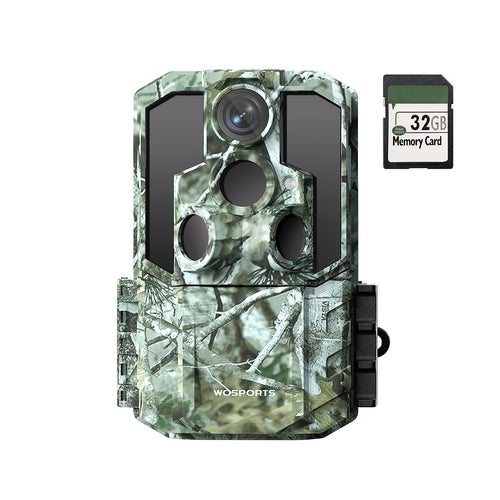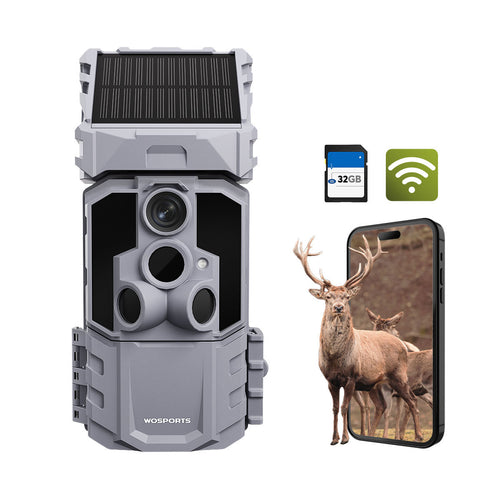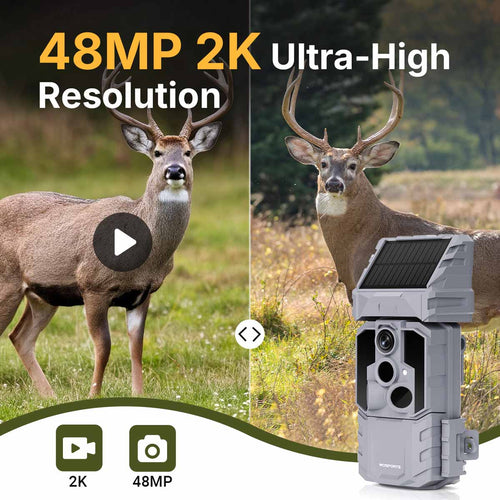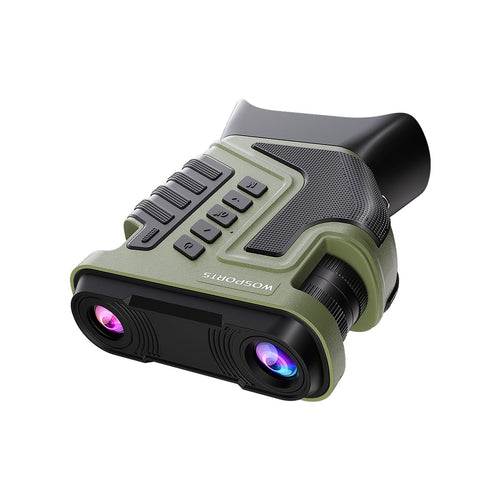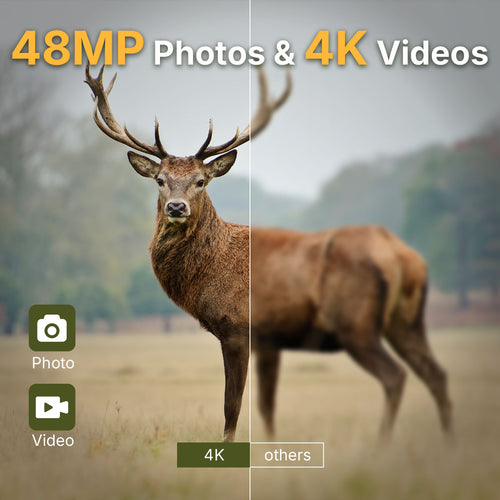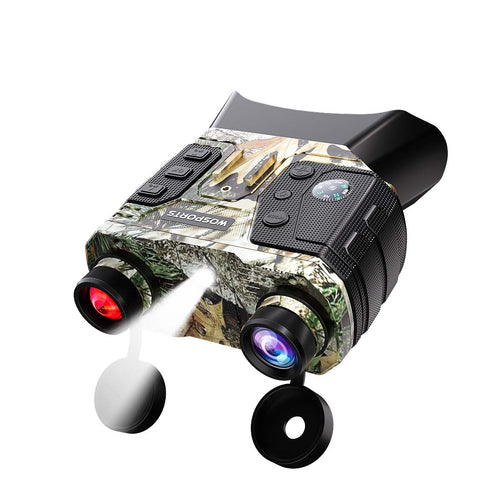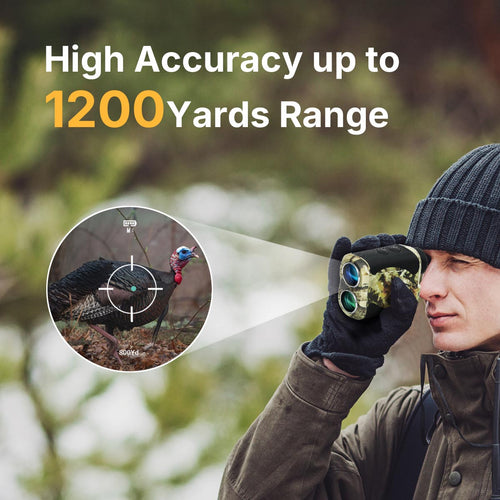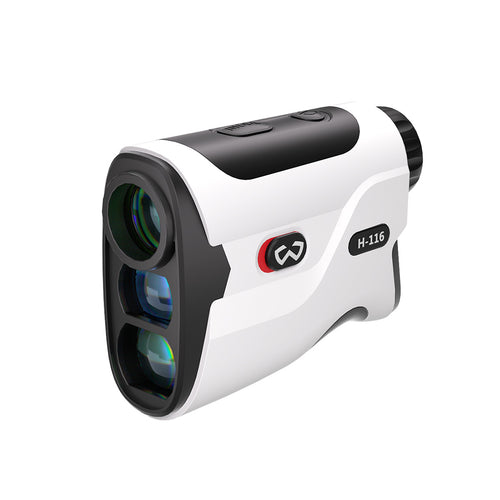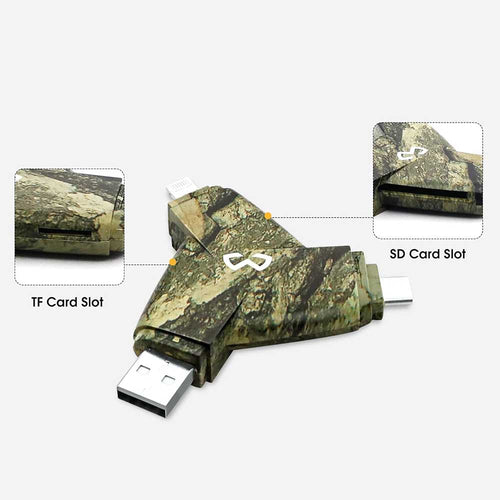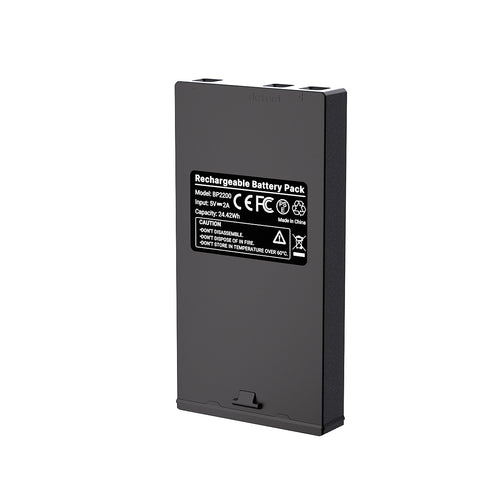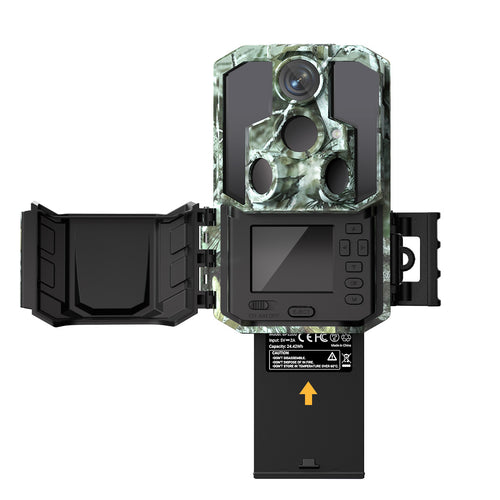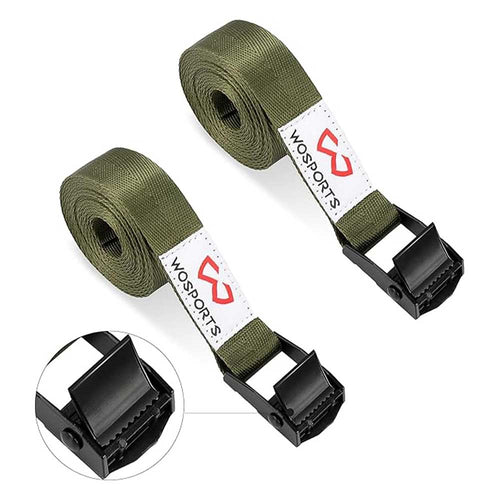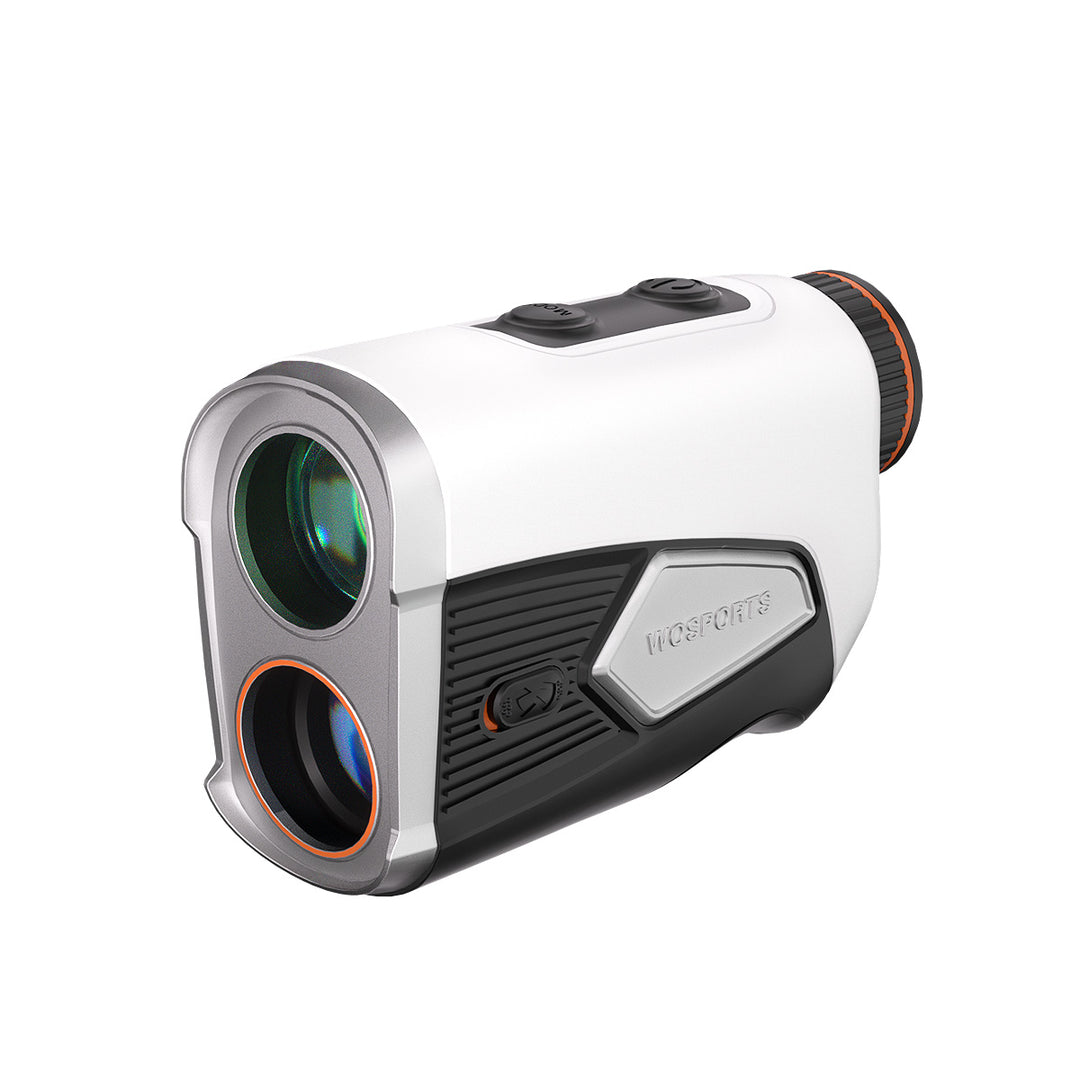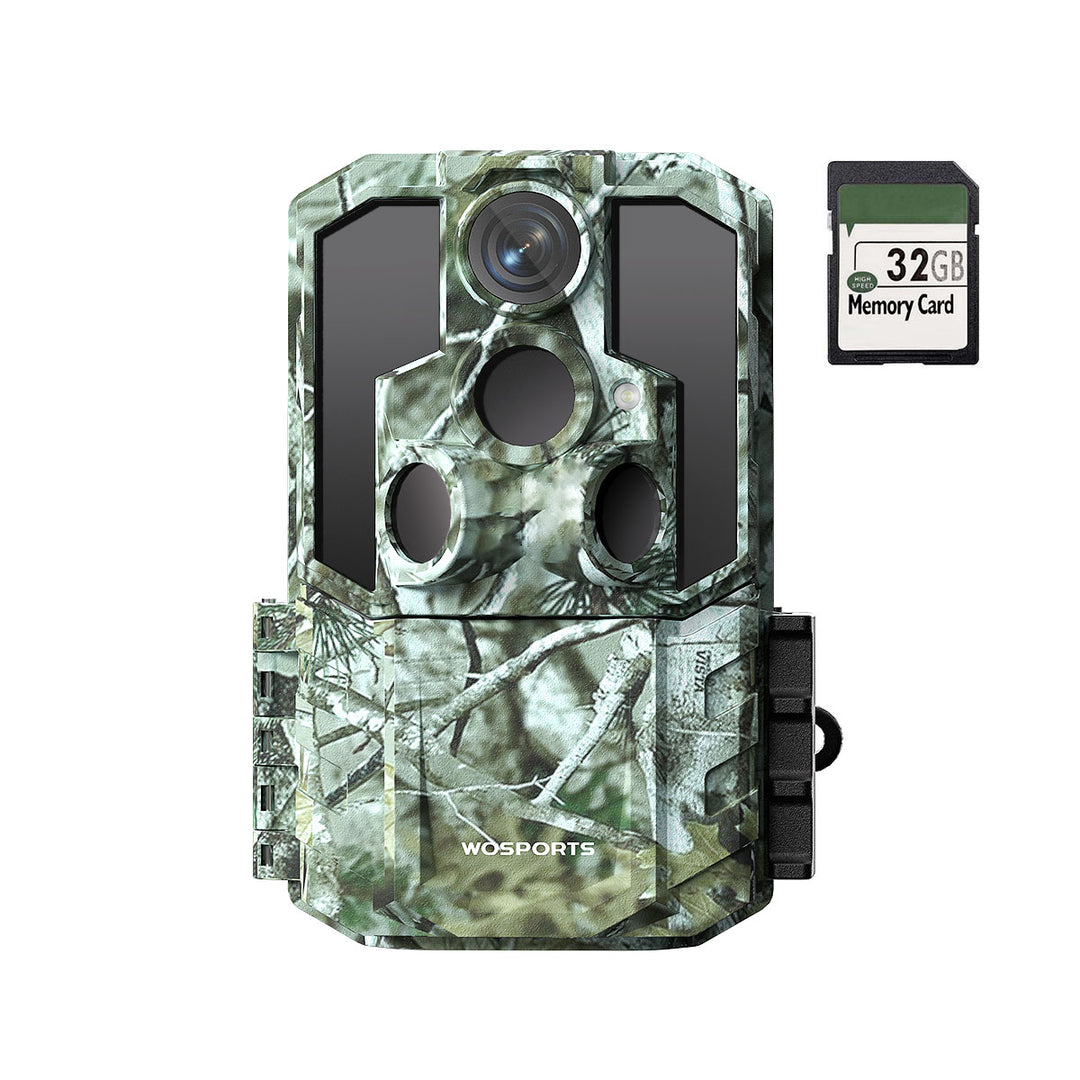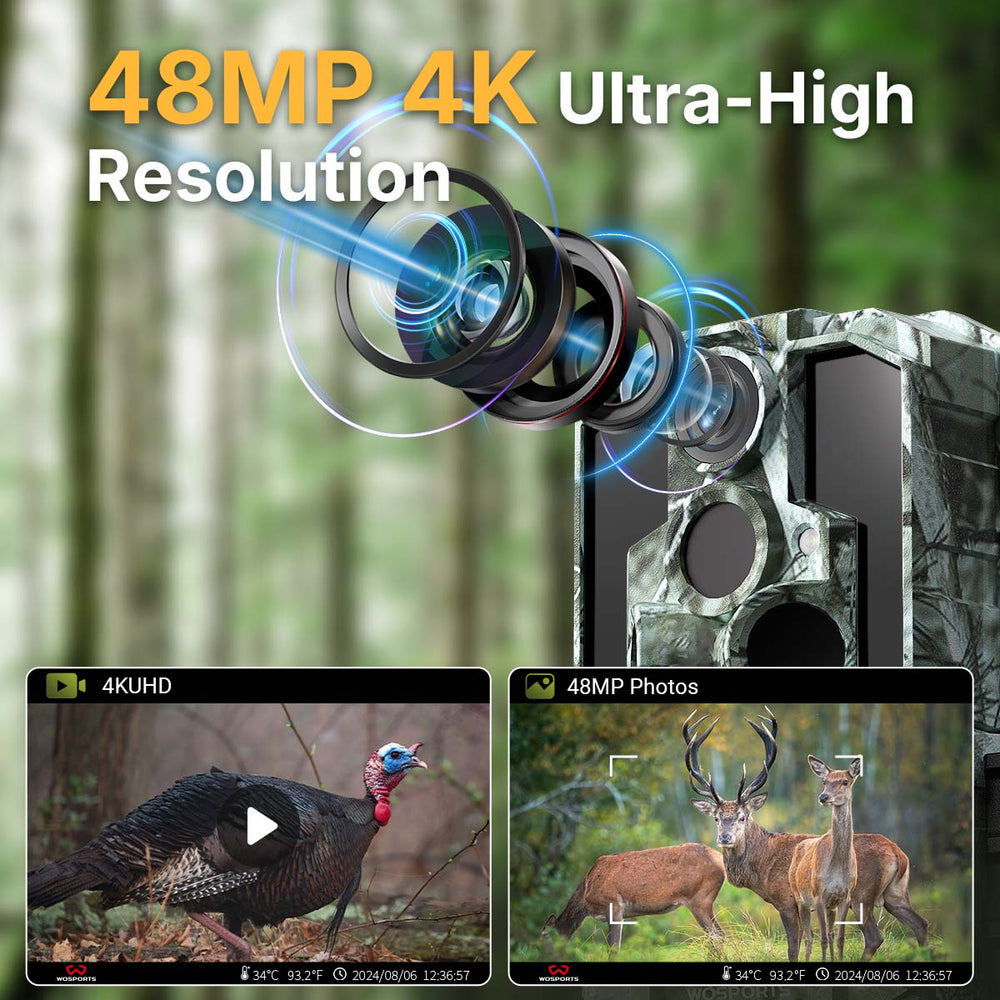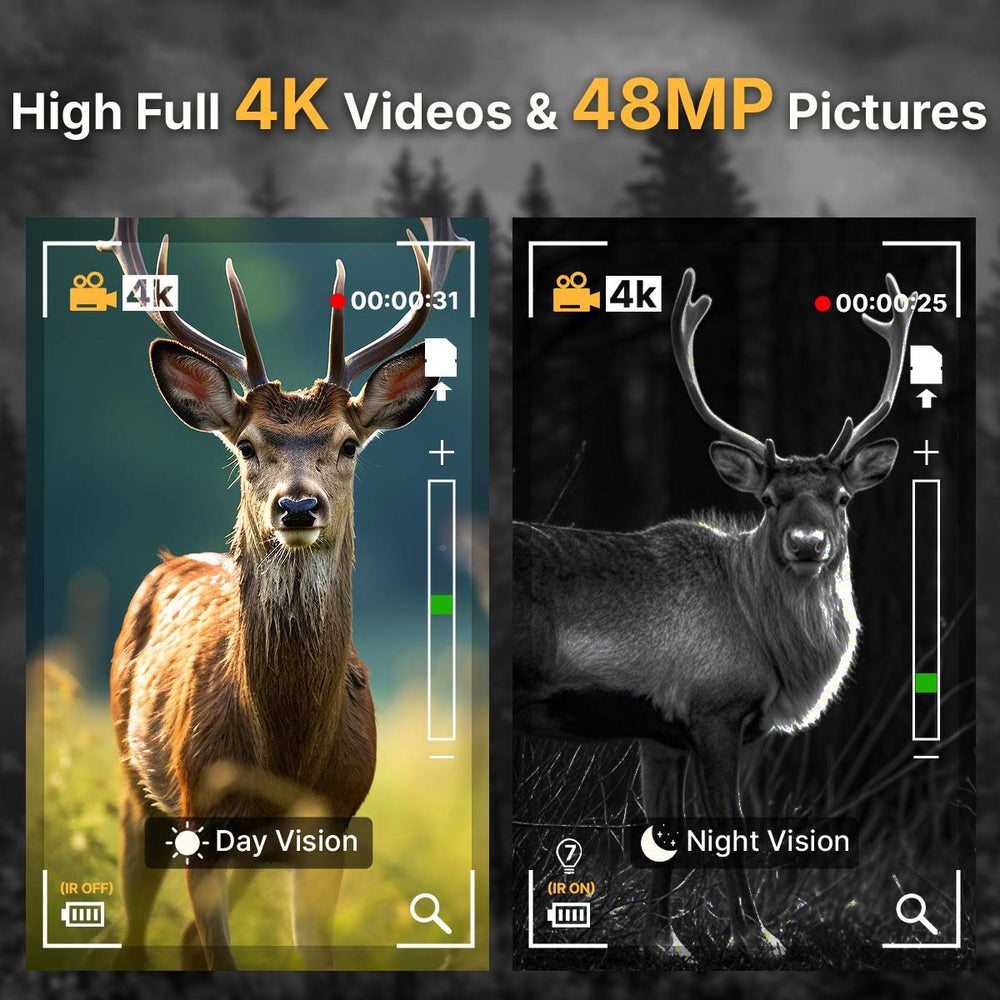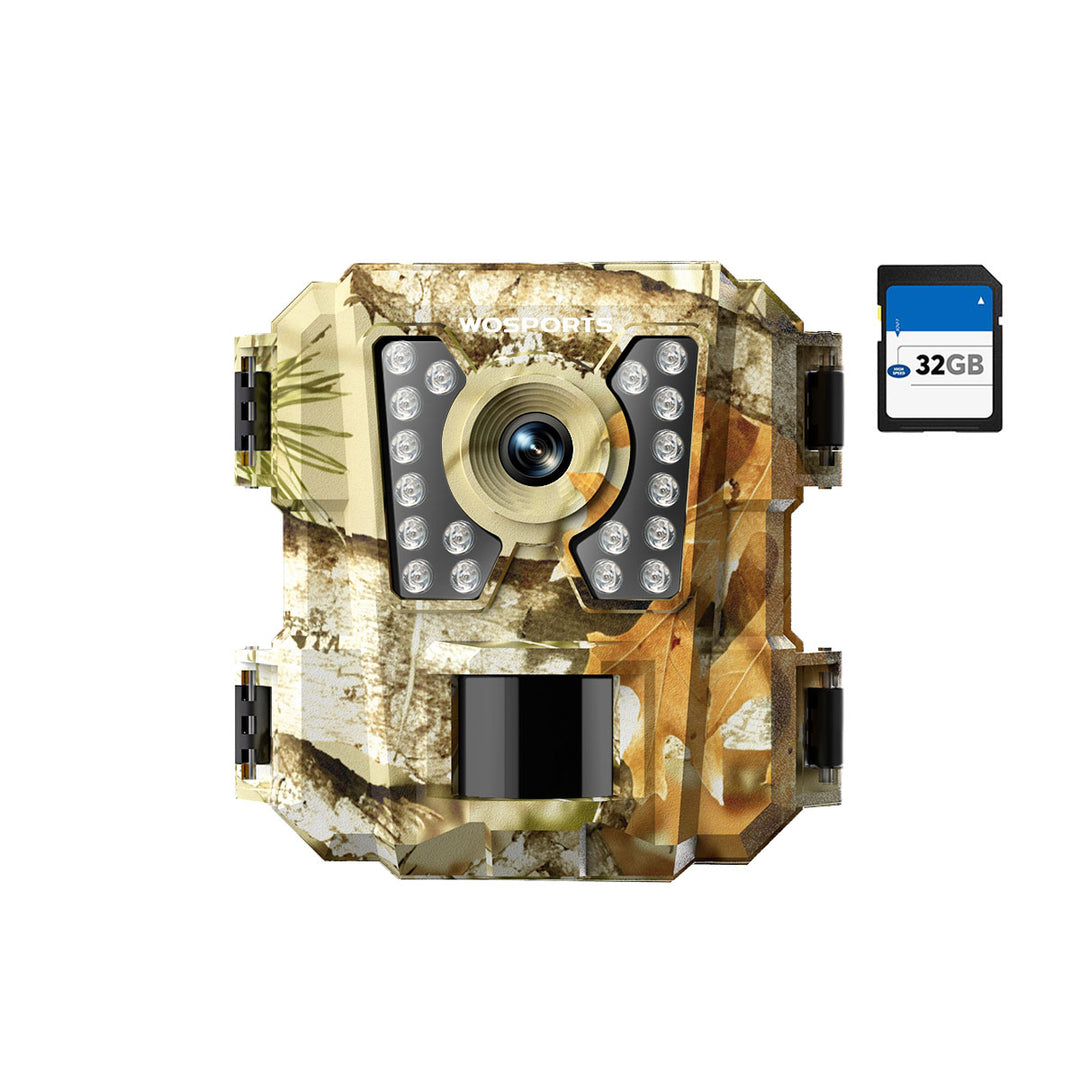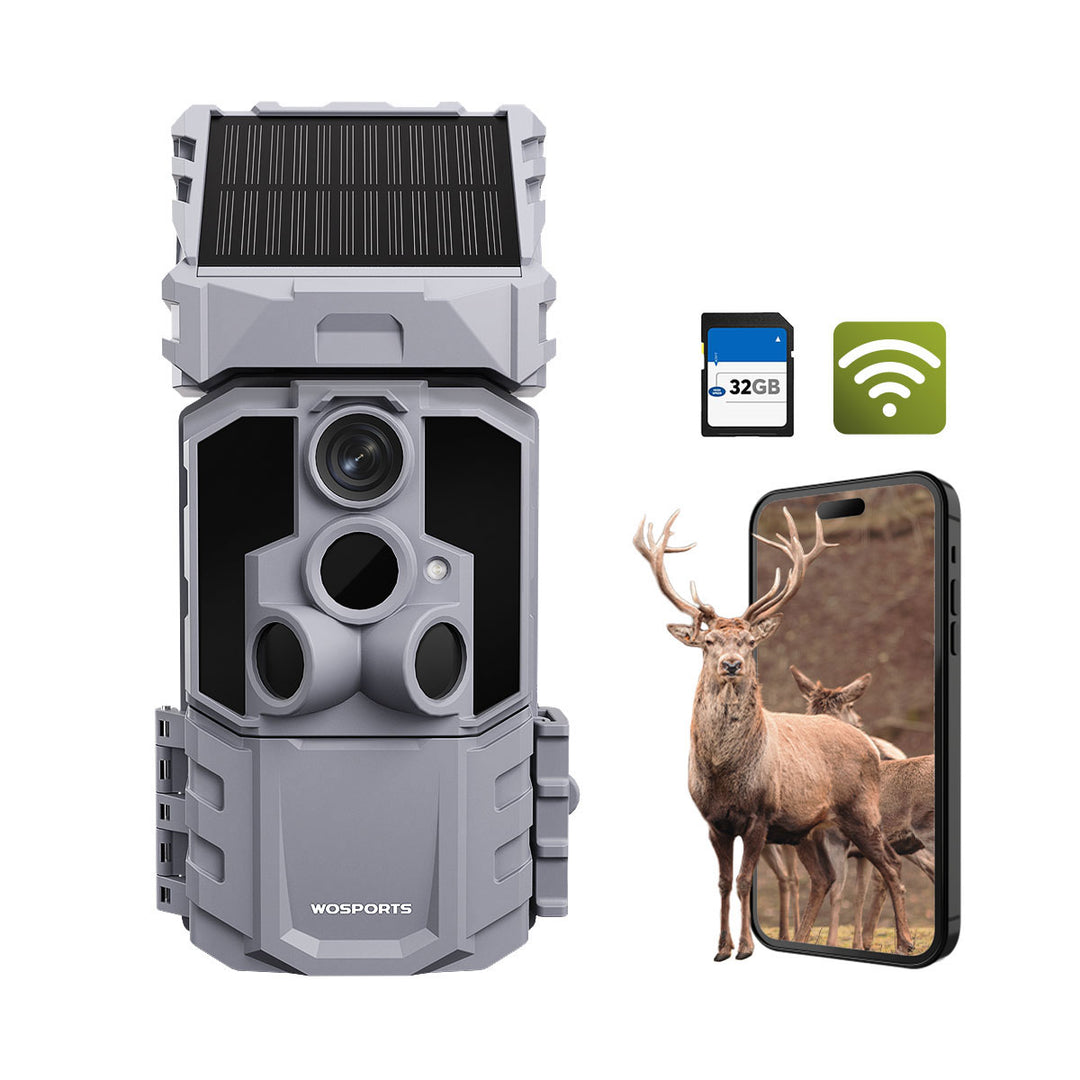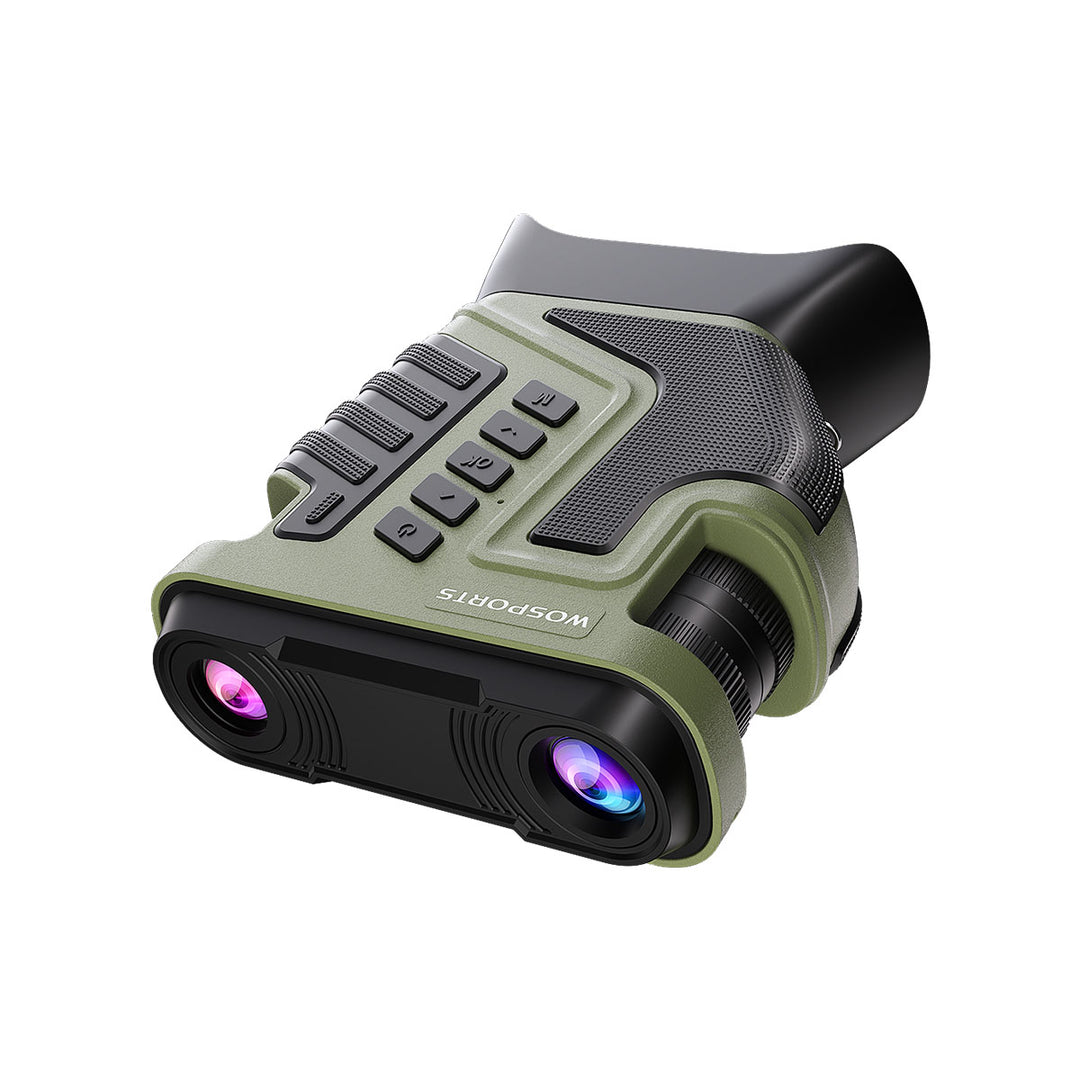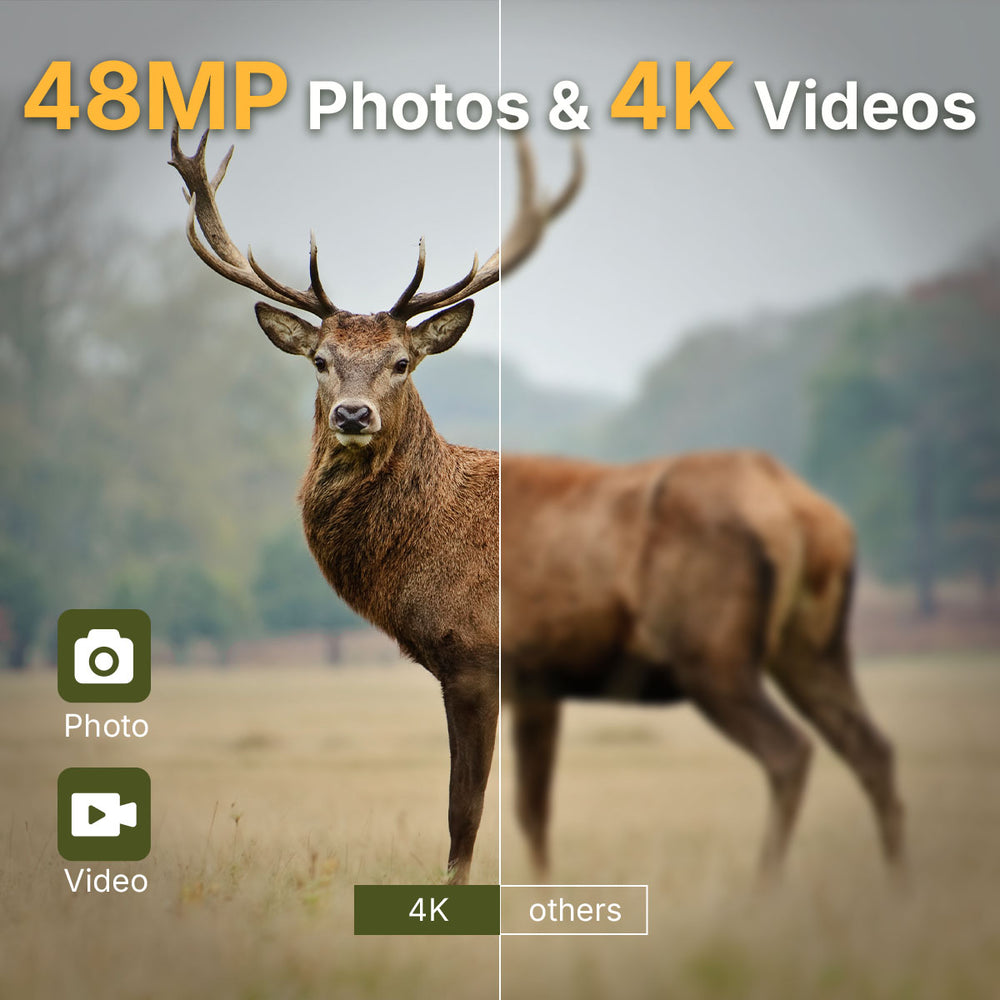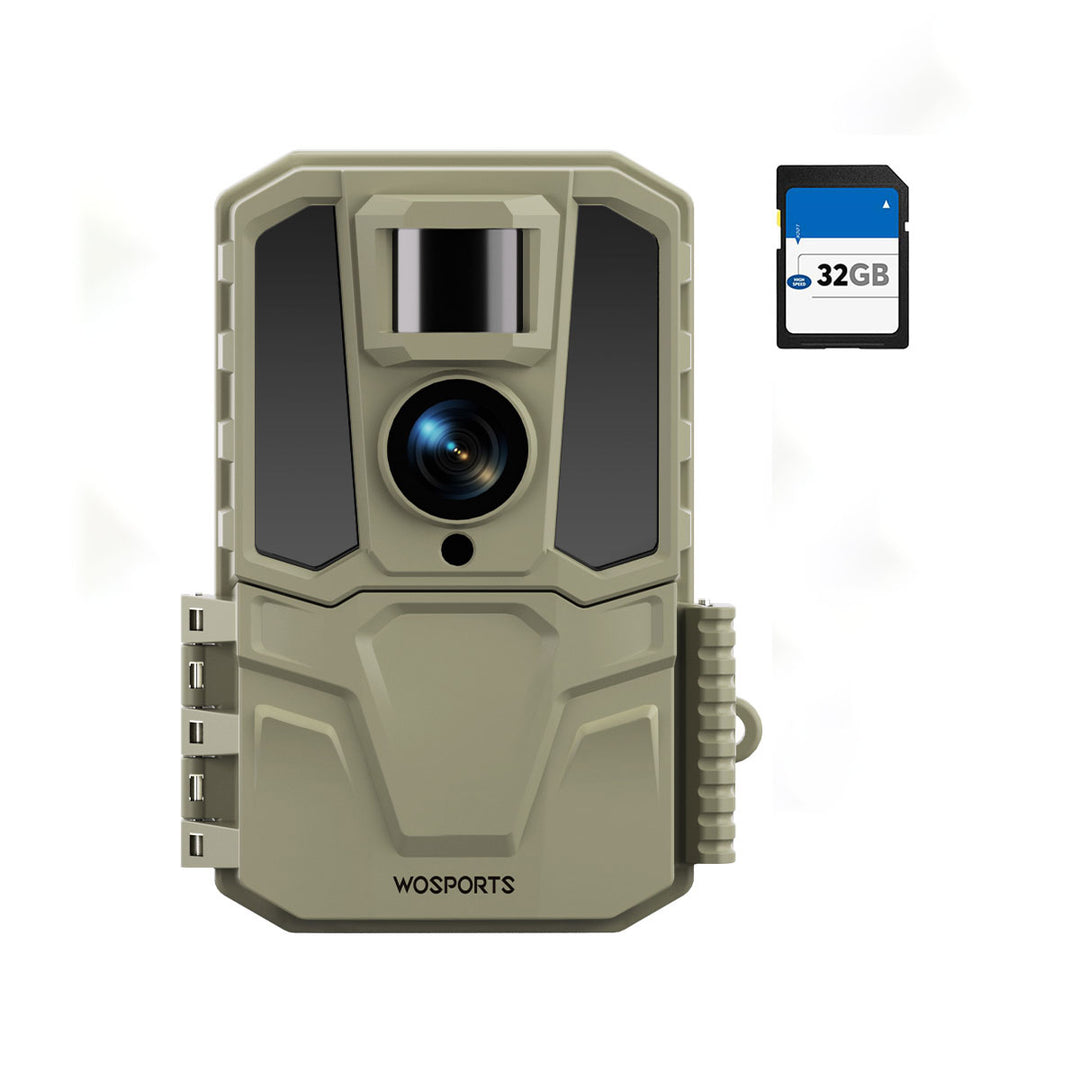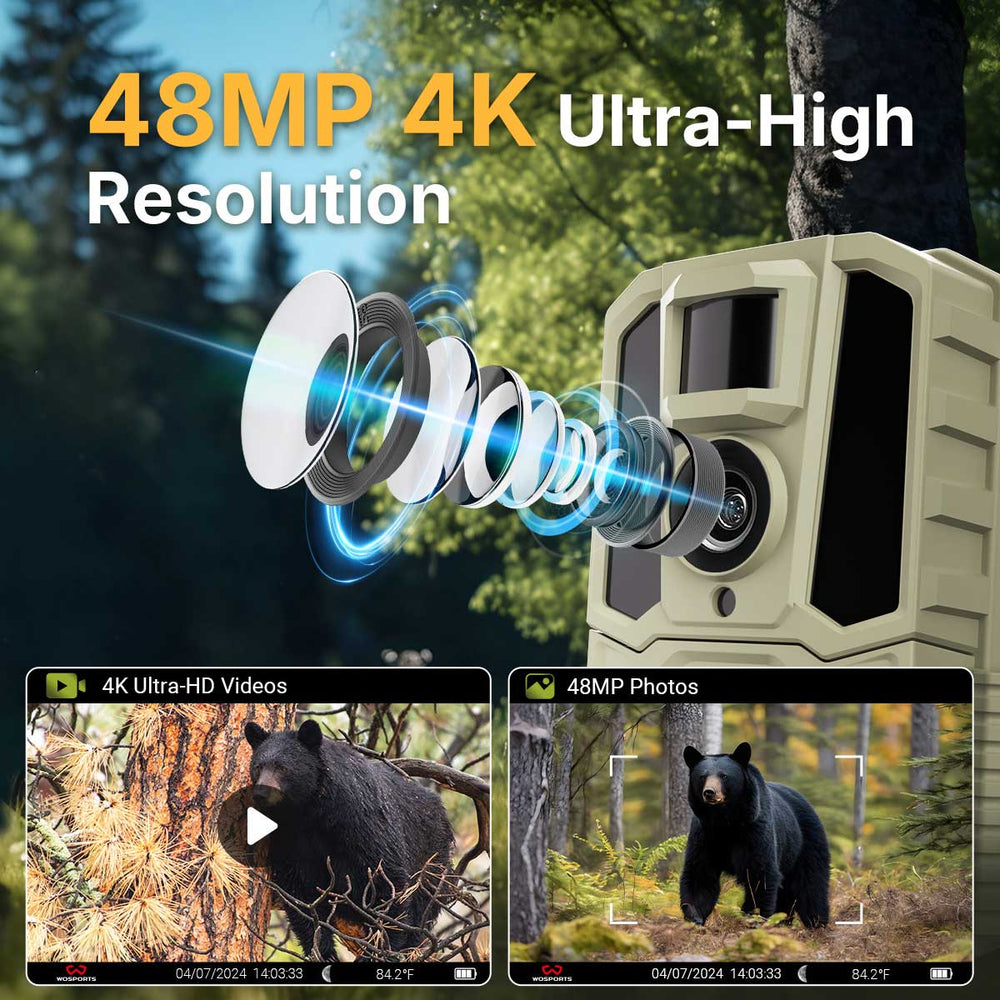Why Your Trail Camera Is In the Wrong Place — And How to Fix It
Most hunters don’t struggle with their trail cameras—they struggle with where they put them. Even the best cam won’t save a bad setup. But when placement is right and your camera can actually keep up with real animal movement, that’s when you start getting intel that matters.
You’re Watching “Pretty Spots,” Not Real Trails
Open spaces look nice, but pressured deer avoid them. They travel tight funnels, edge cover, water paths, and quiet routes. Follow tracks and worn-down trails. That’s where the real story is.
And when you place your camera in those narrow, shadowed routes, you need a unit that won’t miss the split-second walk-throughs. The G600 stays steady in those areas—fast trigger, clear detail, and reliable detection even when the animal barely slows down. It helps you see movement patterns you’d normally miss.

Your Mounting Angle Is Off
Mounting too high or too low makes your camera obvious. Aim around chest height, tilt slightly down, and blend it into the surroundings. Let the woods hide your cam—not spotlight it.
The G600’s wide detection range works well with this low-profile setup. Even if the animal enters slightly off the center of the frame, you still get a clean capture without constant false triggers.
Wind Is Destroying Your Shots
A camera pointed into the wind gets hit with constant movement—branches, grass, and micro-shadows.
Aim with the wind at your back and the forest becomes predictable, letting your camera focus on real wildlife.
In these calmer angles, the G600’s sensor picks up the subtle, intentional movements animals make—shoulder turns, step patterns—so you’re getting actual intel, not noise.
A Camera That Keeps Up With Real Wildlife
Wild animals don’t pose. They slip in fast, move through cover, and give you one chance to catch them. That’s why a dependable trigger and clear capture matter.
The G600 holds up in the dark edges and tight trails where the best hunting intel comes from. Instead of giving you a blurry brown streak, it actually shows you what passed through and when—the kind of detail that helps you pattern real behavior.

Think Like an Animal, Not a Photographer
Ask yourself:
“If I were prey, how would I move through this terrain?”
Place your camera with that mindset—and use gear that responds instantly when the animal finally steps into view.
Get your placement right, let the woods stay natural, and run a camera that won’t fall behind when the only buck of the week slips through the timber.
Search
Popular Posts
Recent Posts

Nov 28, 2024
Troubleshooting Common Trail Camera Issues
Jan 10, 2025
Why Does My Trail Camera Stop Working at Night?

